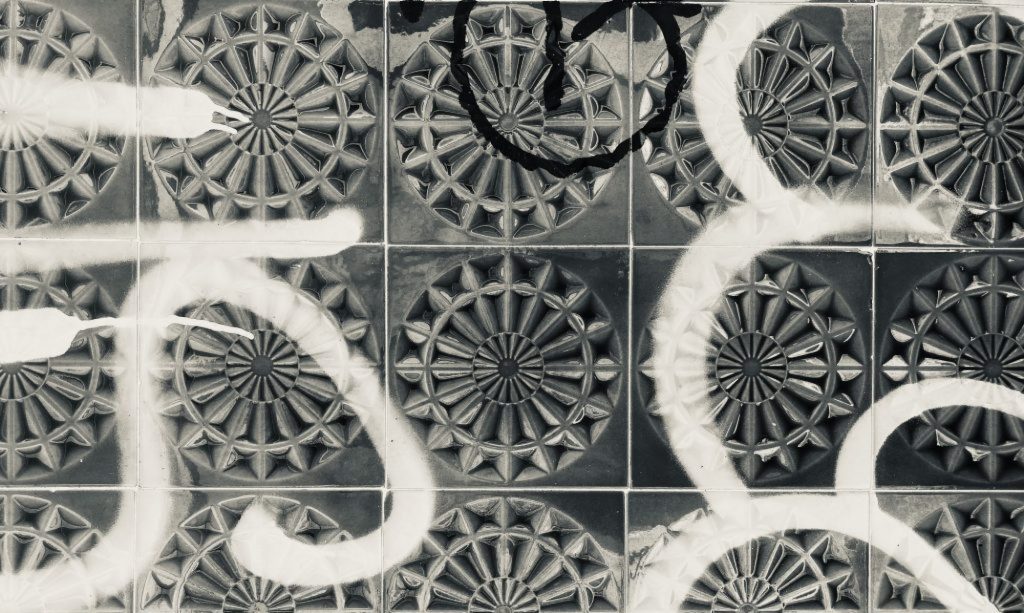Knowing and meeting the needs of diverse learners
Contextual Background
In my teaching context, I work with a diverse cohort of design students—home and international students, as well as students from marginalised communities. A key challenge is ensuring that the curriculum is inclusive and reflective of diverse experiences. Part of the challenge is knowing how to identify and challenge the outsized influence of Western-centric, Eurocentric, and Global North notions of what is considered “good” design. Many students may feel disconnected from dominant design narratives, which often exclude non-Western perspectives and historical contributions from ethnic minority and marginalised groups and people.
Evaluation
To address these challenges, a decolonisation of the design curriculum is needed. In Pedagogy of the Oppressed (Friere, 1970), Paulo Freire argues that education should not be a top-down process of knowledge transmission but rather an interactive dialogue where students critically engage with knowledge. My aspiration is to introduce more student-led discussions, where learners critically analyse and challenge dominant design histories.
Additionally, referencing The Black Experience in Design: Identity, Expression, and Reflection (2022), I aim to explore ways to embed intersectionality and plurality for a more equitable, diverse, and inclusive design discourse. This text provides insights into how design education might move beyond a Eurocentric framework, ensuring students see themselves and their cultural identities reflected in design practice.
There is also a need to support students and staff with varying levels of confidence in discussing race, identity, and power in design. Some students are open to engaging in these discussions, while others find it difficult to move beyond traditional models of design education. Structured support and frameworks will be needed to make these discussions more accessible and productive.
Moving Forwards
The strategies and practices will be in reference to Unit 9, which is the self-initiated project brief.
Helping students analyse their intersectionality, positionality, and situationality in the identification and framing of design research directions is a priority. Much has been written on these aspects, but all lead to what Freire describes as a “problem-posing education” rather than a “banking education”, where in the former, “people develop their power to perceive critically the way they exist in the world with which and in which they find themselves; they come to see the world not as a static reality but as a reality in process, in transformation.” (Freire, 1970, p.56).
The goal is not to replicate existing paradigms, but rather to help students find value and confidence in their lived experience. This might also encourage students to seek out authentic marginalised voices and ideas to frame new areas for their design exploration.
As a starting point for their self-initiated project, students could begin a “thematic investigation”—a process Freire (1970, p.80) describes as striving “towards awareness of reality and self-awareness”, that serves as “a starting point for the educational process or for cultural action of a liberating character.”
This investigation could be introduced at the end of the year to Stage 2 and DPS students through lecture and thematic investigation workshop, allowing them time for informal reflection over the summer, before formalising their approach when they begin Stage 3. The aim of this critical approach is to help students question paradigms or the everyday seemingly mundane – the practices, processes, interactions, and ways of doing that visibly or invisibly influence our lives. Using their personal experience as a starting point, and critically examining why things are the way they are, students might look beyond their experience to inquire about what it might take to improve conditions or establish alternate discourses on any variety of issues or challenges, on both micro or macro scales.
In addition to supporting students, staff must also evaluate how our academic design spaces and practices perpetuate cultural bias. In The Black Experience in Design, Jennifer Rittner describes the fallacies of “cultural fit” in design workspaces. As academic studio culture aims to, in part, professionalise students, we must be cognisant of our potential bias towards a Eurocentric cultural hegemony. Rittner writes:
“In design spaces, the challenges of identity have manifested more insidiously, as a preference for an aesthetic defined by European Modernism – which draws as much from African, Black, and global diasporic cultures as it does from strictly European traditions. European Modernism came to define excellence in the field, and so to seek acceptance as a designer has required mirroring European Modernism and its disciples as closely as possible.” (Berry et al., 2022, p.40)
This systemic problem is difficult to address. While the course is generally aware of the historical social and cultural biases in design, we must remember to focus on how the student evidences the learning outcomes. In doing so we must be ready to vigilantly question ourselves and other staff regarding potential bias when feedback veers into subjective preferences, as these might be informed by a “default whiteness” (Berry et al (2022); p.40) in design culture.
References
Berry, A., Lu, A., Rittner, J., & Simmons, A. (2022). The Black Experience in Design: Identity, Expression, and Reflection. New York: Allworth Press.
Freire, P. (1970). Pedagogy of the Oppressed. New York: Continuum.
